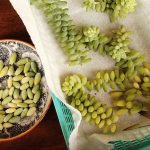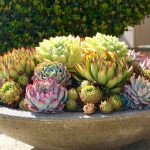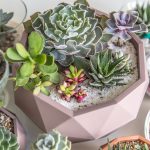Black succulents bring a touch of drama to your garden with their rare and captivating hues. These dark beauties are perfect for Halloween decor or adding an edgy vibe to your plant collection.
Unlike their green counterparts, black succulents develop their dark coloration as a response to stress from sunlight exposure. By providing ample light, you can intensify their pigmentation without harming the plant. Remember, despite their unique appearance, these succulents require the same care as their lighter counterparts.
To create a striking visual impact, place these black succulents in predominantly white spaces or stylish containers like a zebra pot. These moody plants will transform any dull corner into a captivating display.
Echeveria ‘Black Prince’
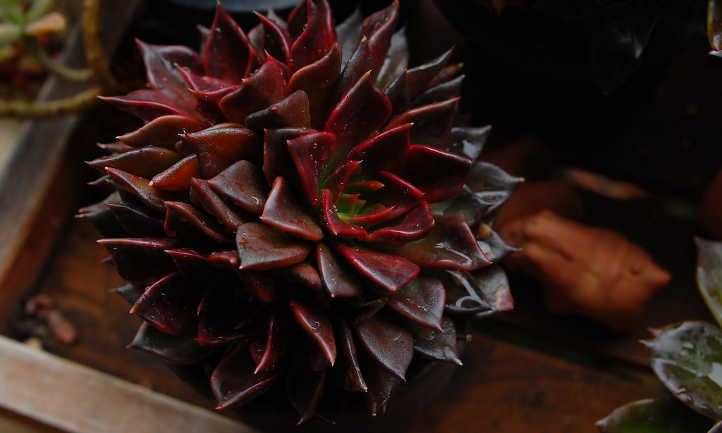
Echeveria Black Prince, often mistaken for black due to its deep purple hue, forms striking rosettes with pointy dark leaves. This succulent, also known as ‘Black Knight,’ thrives in bright, indirect light and well-draining soil using the “soak and dry” watering method.
Aeonium arboreum ‘Zwartkop’
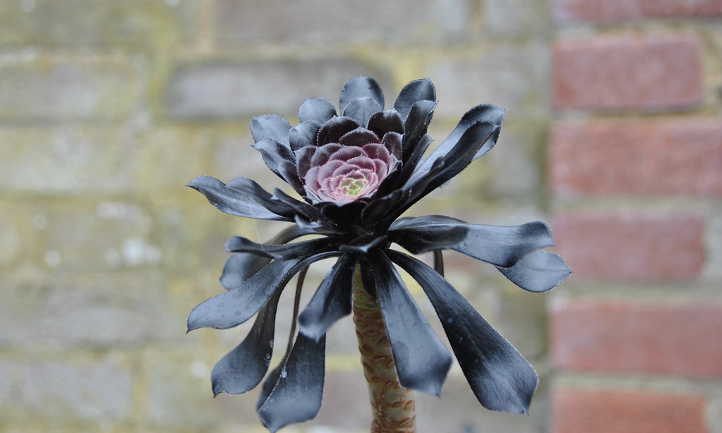
Aeonium arboreum ‘Zwartkop,’ aptly named ‘Black Rose,’ features large rosettes resembling dark flowers. To maintain its dark color, provide full sun exposure and well-draining soil. In suitable climates (zones 9-11), this succulent thrives outdoors year-round.
Sinocrassula yunnanensis ‘Chinese Jade’
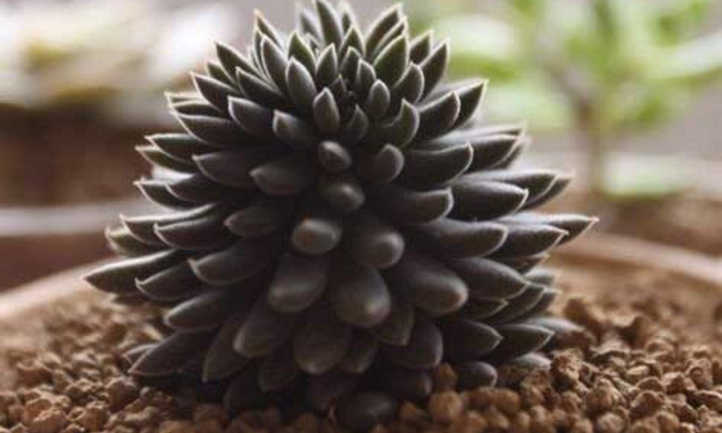
Sinocrassula yunnanensis, known as ‘Chinese Jade,’ boasts spiky rosettes with thick, upward-growing leaves. Thriving in bright sun and well-draining soil, this succulent is easy to propagate through division.
Echinopsis ancistrophora ‘Arachnacantha’
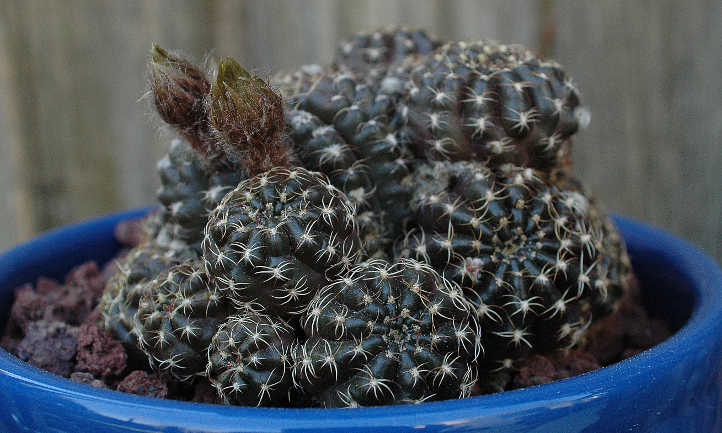

Arachnacantha, with its spider-esque appearance, stands out in the succulent world with its eerie charm. This small, circular cactus boasts spidery thorns that give it a distinctive look, enhancing its allure as its deep coloring intensifies under sunlight.
An ideal fit for Halloween decor, arachnacantha should be shielded from frost. If winters in your region dip below freezing, it’s best to bring this succulent indoors. During the winter season, arachnacantha enters a dormant phase and demands minimal attention.
Sempervivum ‘Black’
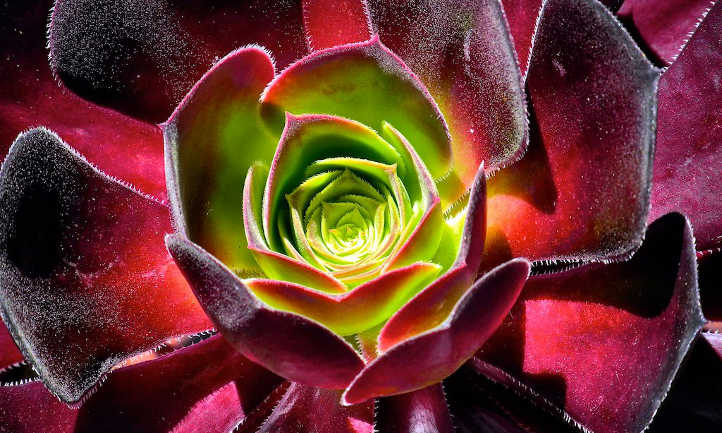
Sempervivum ‘Black,’ despite its deceptive name, flaunts a deep purple tint that rivals the darkness of black plants. Each rosette features vibrant green centers complemented by dramatic burgundy foliage, often referred to as black chicks and hens.
These robust succulents can thrive in poor-quality soil and endure long periods of drought. Their tolerance for cold surpasses that of many other succulents. Sempervivum is monocarpic, meaning it perishes after blooming; however, as it reproduces through offsets rapidly, the withering rosettes are barely noticeable.
Despite their ominous appearance, remember to provide your black succulents with the necessary care. A well-cared-for succulent is a cheerful, vibrant one, even if it leans towards the darker side.

